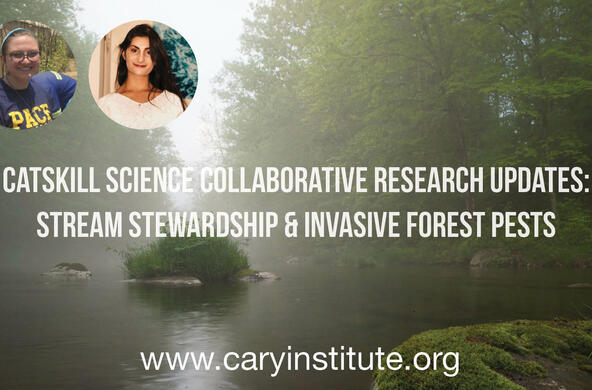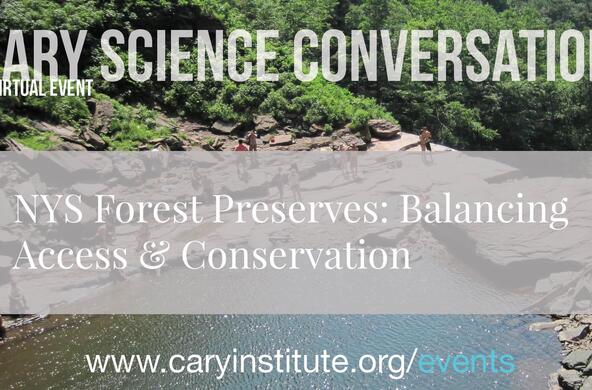In the face of evaluating human impacts on nature, environmental scientists have struggled to define a healthy ecosystem. The most successful definitions focus on the attributes of the ecosystem—for instance, a forest or a wetland—versus what might be their characteristics in the absence of human activities. Today I want to focus on land. Earlier I have dealt with streams.
As an example, we might evaluate the total plant growth in an area versus what might be expected, as determined by the climate and soils, in the absence of human intervention—the inherent capability of the site to grow plants. Even though they feed us, most croplands have lower net carbon uptake than the native areas they replace, so croplands must be regarded as having suffered some impact. It is not the current level of plant production that counts—rather the change from what might otherwise have been the case.
Another metric for the health of an ecosystem is the amount of organic matter in the soil, versus what might be the case in the absence of human impact. Cultivation of crops and harvest of forests nearly always reduces the stock of soil organic matter, which can be a useful index of the extent of impact. Deserts, which naturally have low levels of soil organic matter, are not unhealthy, so long as the content of soil organic matter has not changed under human intervention.
Some might argue that species diversity is the best measure of the health of an ecosystem. Certainly, in comparisons to natural areas, losses of species from areas of human activity are an index of ecosystem degradation. Note that the absolute amount of species diversity is not a particularly good measure of ecosystem health. Salt marshes often have some of the highest plant productivity on Earth, and they are often composed of a single species of marsh grass. High species diversity can be associated with areas of frequent disturbance and low fertility (See; https://blogs.nicholas.duke.edu/citizenscientist/diversity/. Again, it is the change in species diversity that counts.
Over the years, I have focused my attention on environmental chemistry, particularly on the flow of essential biochemical elements through ecosystems. I would suggest that any ecosystem that is losing more nitrogen, phosphorus and potassium than it gains from outside sources each year is likely to be undergoing some type of degradation.
Note the value of retaining wilderness areas as a baseline against which to evaluate each of these metrics of ecosystem health. We can’t capture ecosystem health in a single number; changes are the essence. The best we can do is to give a report card that grades plant production, soil organic matter, biodiversity and nutrient balance against our best measures of what they would be in a world without humans.
References
Rapport, D.J., H.A. Regier, and T.C. Hutchinson. 1985. Ecosystem behavior under stress. American Naturalist 125: 617-640.
Schlesinger, W.H. 1994. The vulnerability of biotic diversity. pp. 245-260. In: R.B. Socolow, C. Andrews, F. Berkhout, and V. Thomas (eds.). Industrial Ecology and Global Change. Cambridge University Press.
Smith, W. K., C. C. Cleveland, S. C. Reed, and S. W. Running. 2014. Agricultural conversion without external water and nutrient inputs reduces terrestrial vegetation productivity, Geophysical Research Letters 41: doi:10.1002/2013GL058857






